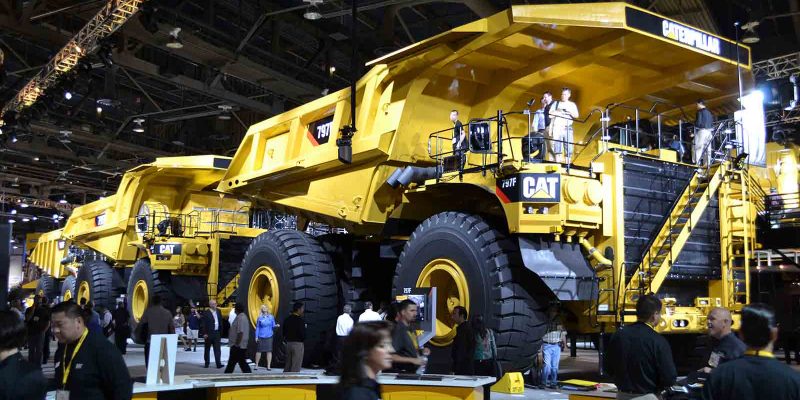Heavy lifting can be daunting, especially when dealing with loads that weigh several tons. Hydraulic jacks have been the go-to choice for heavy lifting for decades. These tools use fluid pressure to lift heavy objects, making them ideal for a wide range of applications. This blog will explore why hydraulic jacks are the go-to choice for heavy lifting.
History of Hydraulic Jacks
Hydraulic jacks have been around for over a century. The first hydraulic jack was patented by Richard Dudgeon in 1851. However, it wasn’t until the early 20th century that hydraulic jacks became widely used. The development of high-pressure hydraulic systems enabled hydraulic jacks to lift heavier loads more easily.
How Hydraulic Jacks Work
Hydraulic jacks work on the principle of Pascal’s law, which states that pressure applied to a confined fluid is transmitted equally in all directions. The jack consists of a cylinder and a piston. The cylinder is filled with hydraulic fluid, and the piston is inserted into the cylinder.
When force is applied to the piston, it compresses the hydraulic fluid, which in turn generates pressure. This pressure is transmitted to the other end of the cylinder, where it lifts the load.
Advantages of Hydraulic Jacks
Hydraulic jacks have several advantages over other types of jacks. Firstly, they can lift heavier loads than mechanical jacks. This is because hydraulic jacks use fluid pressure, which can generate much greater force than a mechanical lever.
Secondly, hydraulic jacks are easier to operate than mechanical jacks. They require less effort to lift heavy loads, making them ideal for people who may not have the strength to operate a mechanical jack.
Finally, hydraulic jacks are more precise than mechanical jacks. The fluid pressure can be controlled more precisely than the force generated by a mechanical lever.
Applications of Hydraulic Jacks
Hydraulic jacks have a wide range of applications. They are commonly used in the automotive industry to lift cars and trucks for repairs. They are also used in construction to lift heavy loads, such as steel beams and concrete slabs.
Hydraulic jacks are also used in the shipping industry to lift and move cargo containers. They are even used in the entertainment industry to lift heavy equipment, such as speakers and lighting rigs.
Types of Hydraulic Jacks
There are several types of hydraulic jacks, each designed for a specific application. The most common type is the bottle jack, which is shaped like a bottle designed to lift heavy loads vertically.
Another common type is the floor jack, which is used to lift cars and trucks. A third type is a hydraulic cylinder, which is used to lift and move heavy loads horizontally.
Maintenance of Hydraulic Jacks
Proper maintenance is essential to ensure that hydraulic jacks continue to operate safely and efficiently. The hydraulic fluid should be checked regularly and topped up as necessary. The cylinder and piston should be inspected for wear and damage, and replaced if necessary. The jack should also be kept clean and free of debris.
Key Takeaways
Hydraulic jacks are the go-to choice for heavy lifting for several reasons. They can lift heavier loads than mechanical jacks, are easier to operate, and are more precise. They have many applications, from automotive repairs to construction to entertainment.
Proper maintenance is essential to ensure that hydraulic jacks operate safely and efficiently. With their long history of success, hydraulic jacks will likely remain the go-to choice for heavy lifting for many years.
If you need hydraulic jack parts, look no further than Duff-Norton Air Motor Jacks. Our high-quality parts are designed to keep your hydraulic jacks operating safely and efficiently. Contact us today to learn more about our extensive selection of hydraulic jack parts and how they can benefit your business.

